The Culture Of Serbia
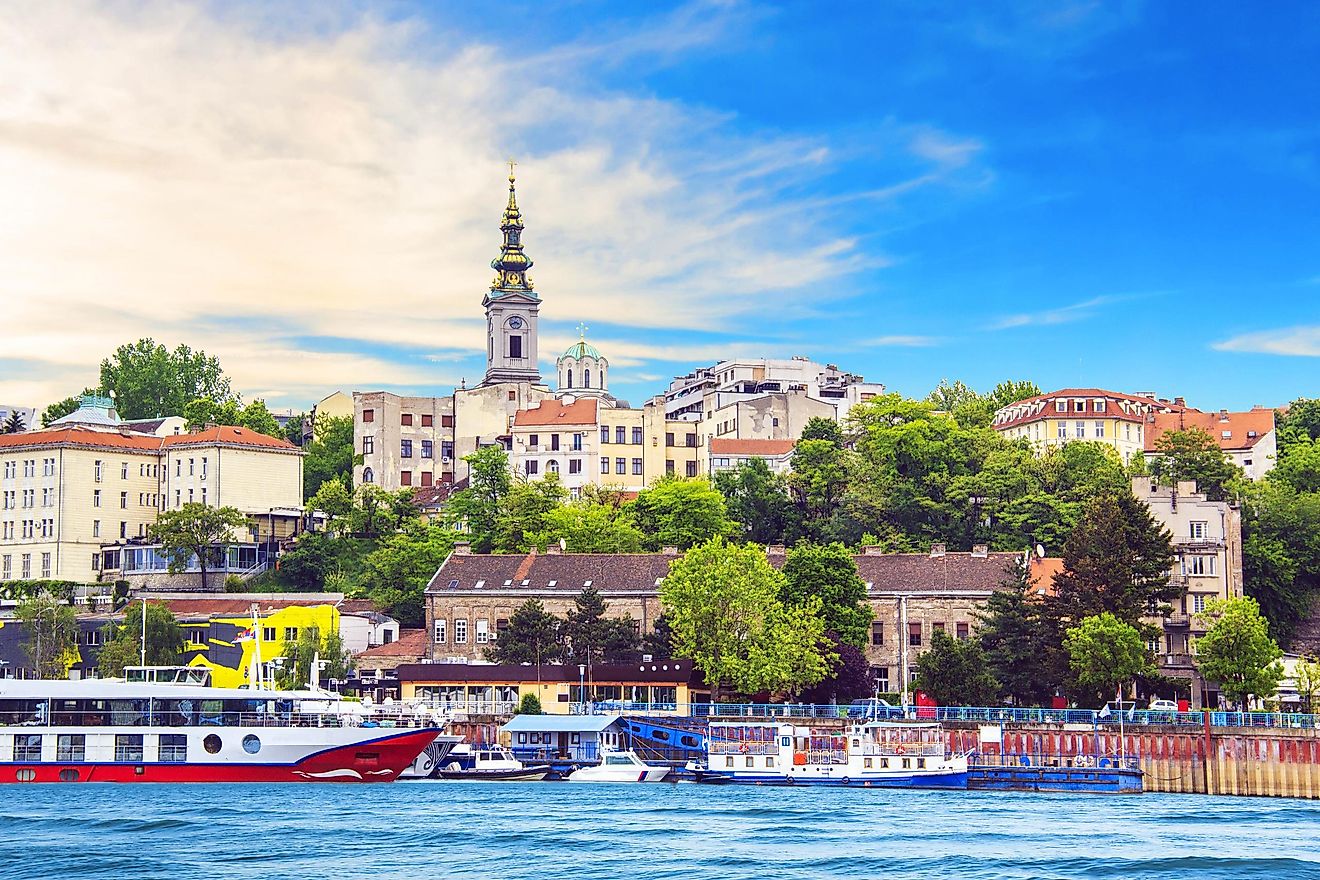
- Serbia was once a part of the now inexistent Republic of Yugoslavia.
- Turkey and Greece, among other countries, have had significant influences on Serbian culture.
- Most Serbs are Christian, but some are Muslim as well.
Description
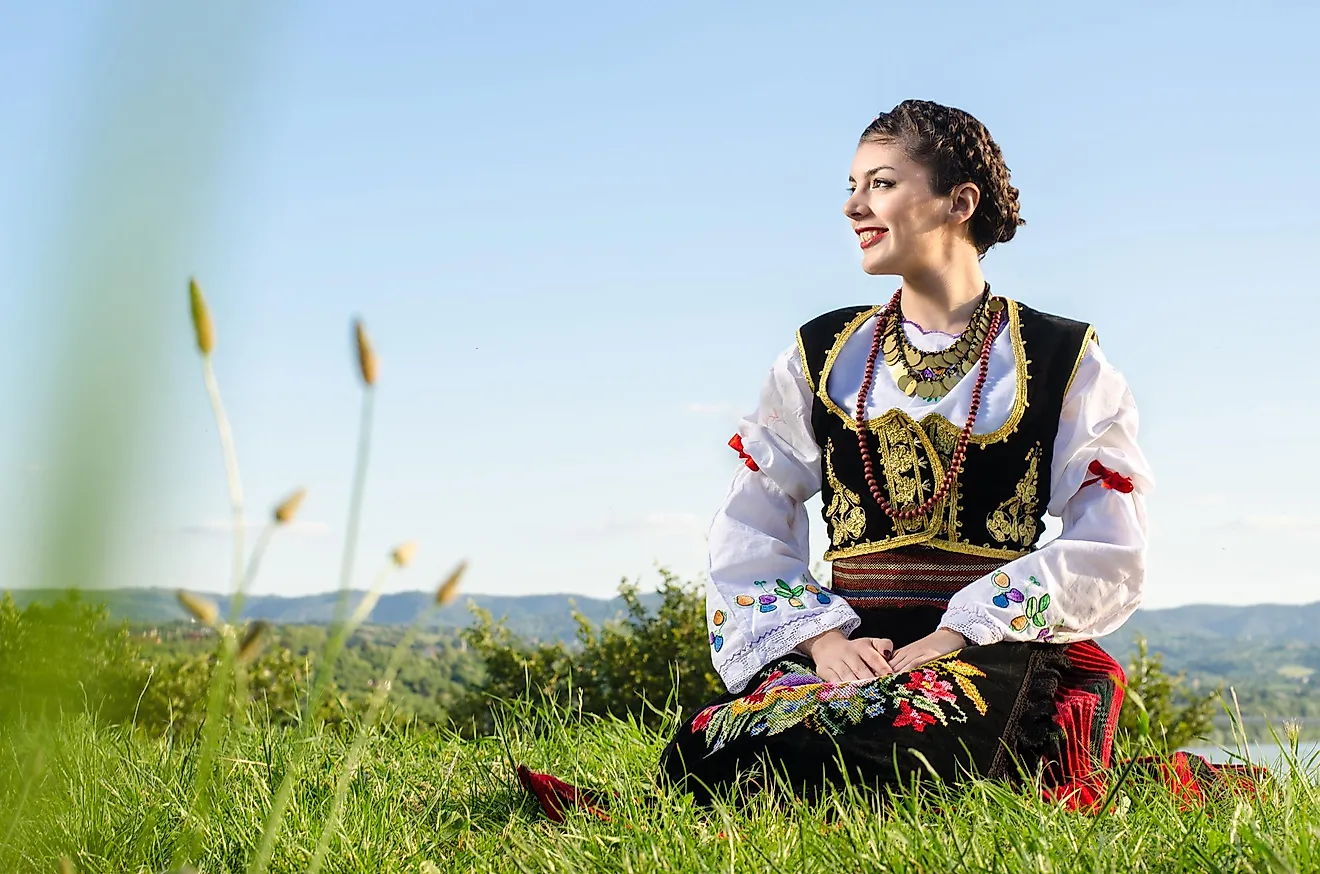
The Serbian people, or the Serbs, are a European ethnic group native to the Balkans. A great deal of these people live in Serbia, although significant minority communities of Serbs are also to be found in Montenegro, Slovenia, the Republic of Macedonia, Bosnia and Herzegovina, and Croatia. The official language of Serbia is Serbian, and it is spoken by no less than 95% of the population. The language is also used by many of the residents of Montenegro and those of Bosnia and Herzegovina.
Architecture
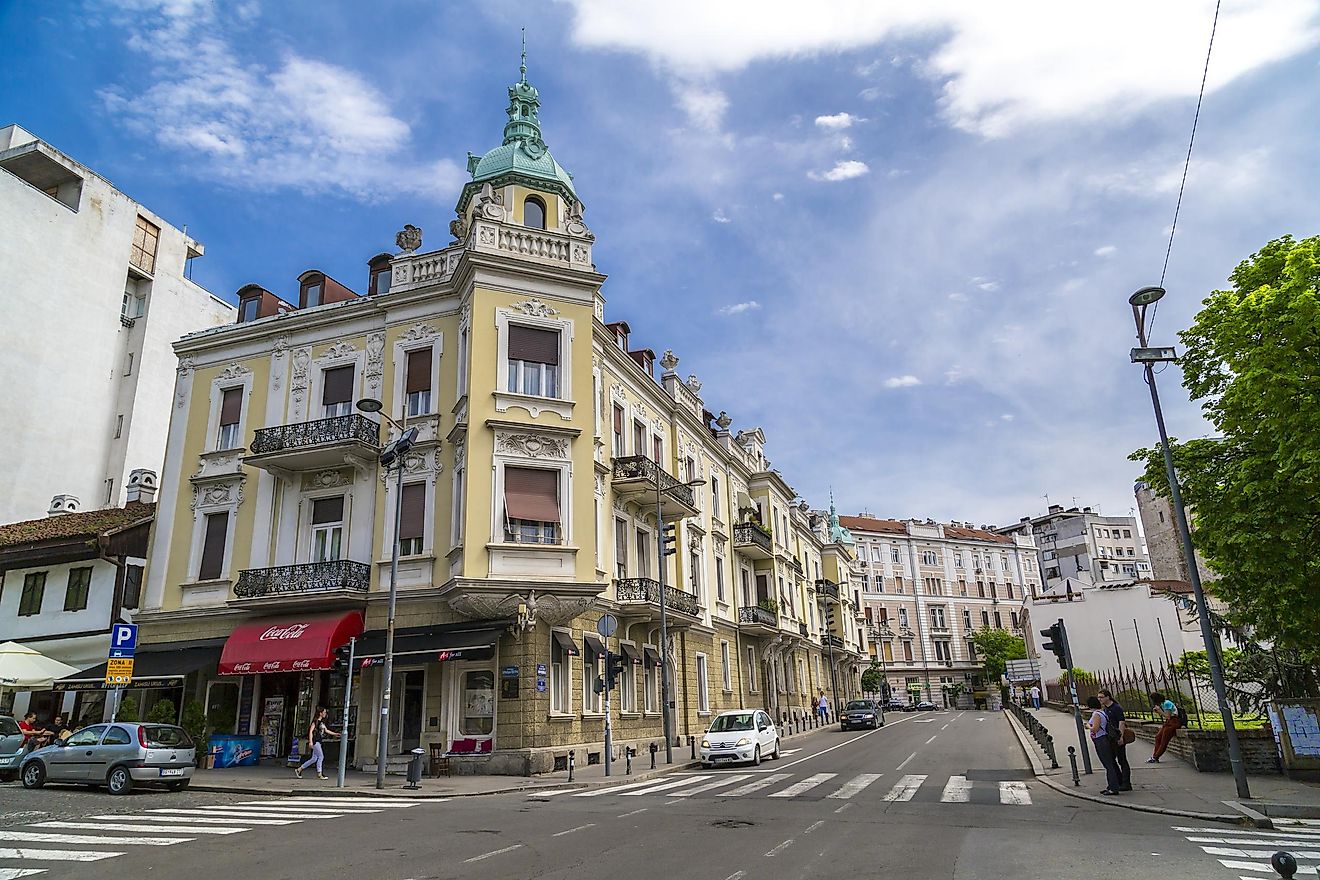
For a long time, what was formerly known as Yugoslavia once included six republics, of which Serbia is now an independent one of its own. Important buildings dating from before the existence of Yugoslavia, national museums, mosques, palaces and churches, many hundreds of years old, are still standing in Serbia. Turkish and Roman influences from the nation's early history are still very much apparent in many of these buildings, despite the damages they have sustained through years of environmental exposure and conflict, especially during World War II.
Most Serbians who live in urban areas today reside in modern apartment buildings, although antique houses are still quite common even in these areas. Dwellings in the countryside are built using more modest materials like stone, wood, and bricks, and are typically enclosed by wide courtyards kept secure and private by fences or walls. Houses in rural regions are closely spaced together, much like those found in their urban counterparts.
Cuisine
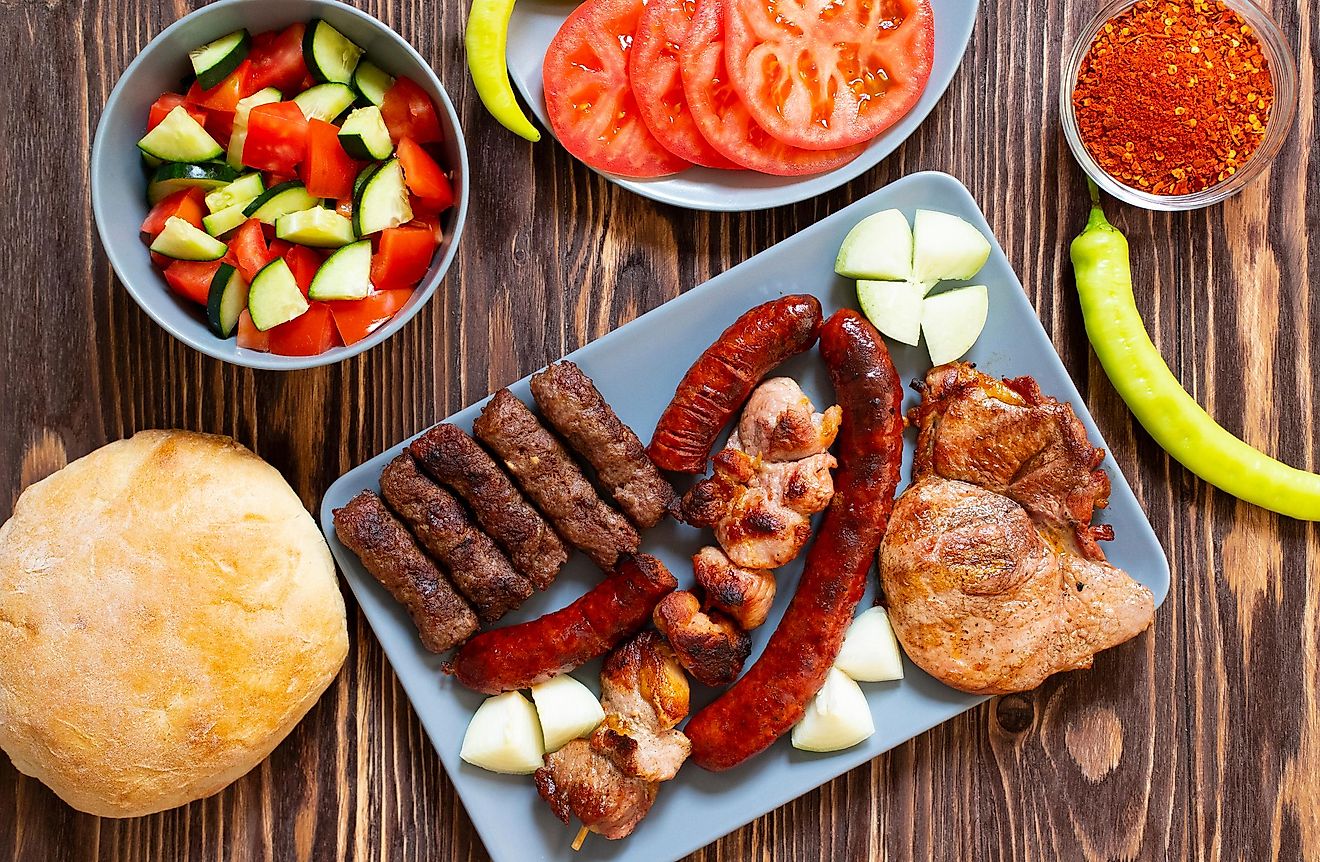
Serbian cuisine is well known for its rich Middle Eastern and old Yugoslavian influences on flavor, with many popular dishes originating from the countries of Turkey and Greece. Lunch is the biggest meal in Serbia. Breakfast, meanwhile, typically consists of bread, eggs, and a dairy spread called Kajmak. Pepper is a favorite ingredient in many Serbian dishes, while meat, dairy products, and fruits and vegetables are staples of their varied daily diets.
Serbia’s national dish is Cevapcici. This is a small, liberally spiced, grilled sausage made out of minced meats. Other dishes that the Serbs are world famous for are proja, gibanica, sarma and djuvec. Pita, kompot, dobos tortas and vasa’s torte are popular Serbian desserts, while pastrma, srem sausages, and duvan cvarci are classic Serbian meat dishes.
Cultural Significance
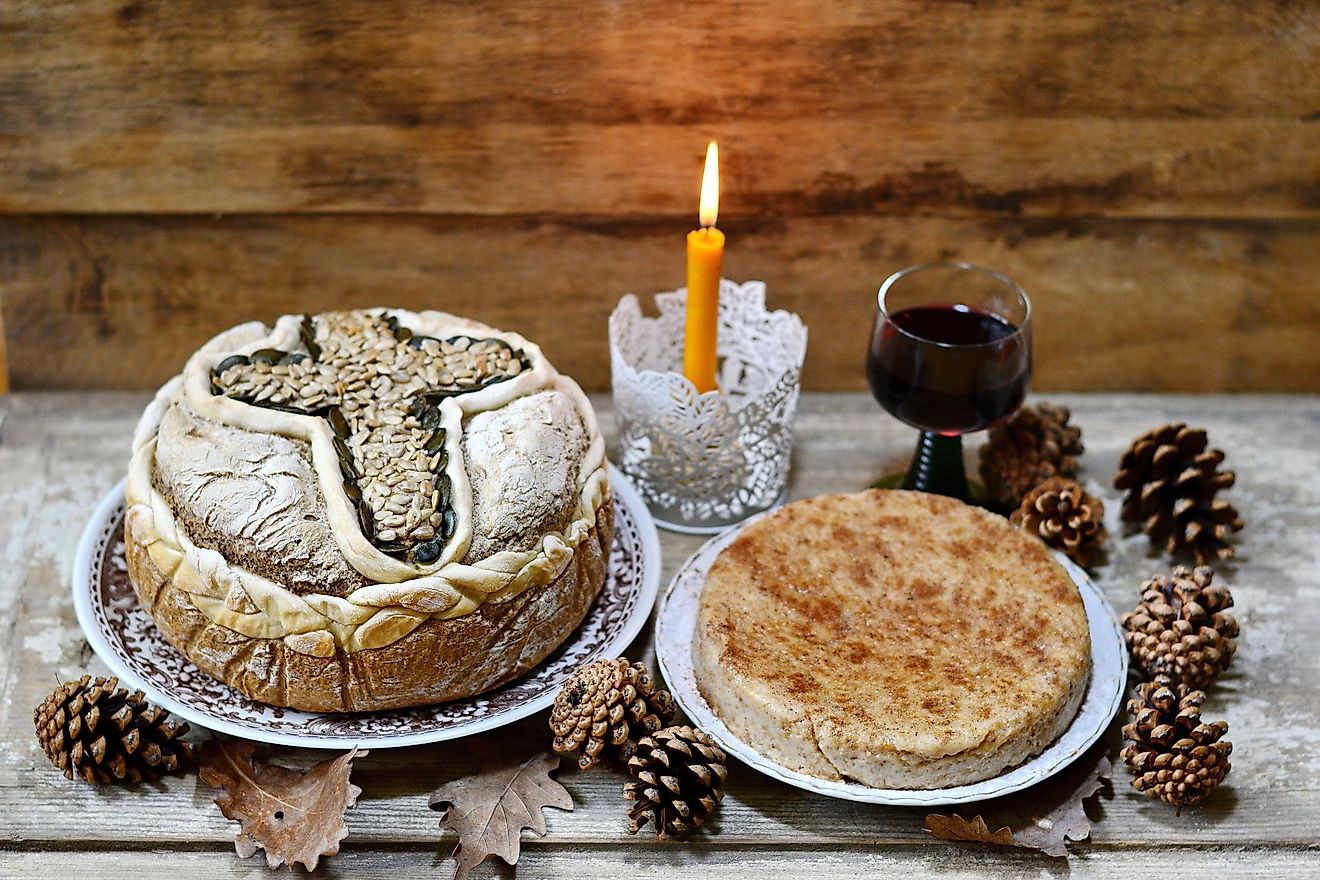
The family-oriented people of Serbia are warm and hospitable, with kissing being the main form of greeting among both men and women. When they visit other people’s homes for the first time, they bring gifts of food or drinks. 19% of the Serbian population is Islamic, while the rest are mostly either Catholic, Eastern Orthodox Christian, or Protestant. The historic Jewish population in the country was decimated during the course of World War II. The Slava is a custom exclusive to the Serbs, characterized by each family venerating one patron saint on their feast day.
Much of Serbian literature originates from the poetry of historical Kosovo, which was largely developed in the 13th century. Modern Serbian poets include Milorad Pavic and Ivo Andric. Andric's novel, entitled Bridge Over the River Drina, won the Nobel Prize for literature in 1961. Tennis, volleyball, handball, basketball, water polo, and football (soccer) are all popular sports in Serbia.
Threats
Serbia was conquered by the Ottoman Empire in 1459, a state of occupation that did not end for four centuries. During this time, Serbian culture was greatly held back. To this day, Serbian art still bears much of the distinctive influence bestowed upon it by the Ottomans when Serbia was part of their massive empire. Like most “Old World” European countries, disunity and discord remain a major issue among the Serbs, from the 14th-century Battle of Kosovo to the 1990s with the Yugoslav Wars as communist Yugoslavia fell apart, and its constituent members carried on internal tensions for the next several years. In the new millennium, Montenegro broke off from Serbia, and Kosovo, with its Albanian majority, has also declared independence, which is a contentious issue among the two political entities.











